- Details
- Hits: 683
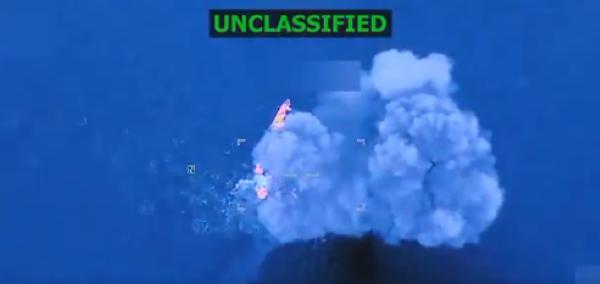
October 17, 2025: The Department of War carried out a lethal kinetic strike on a vessel affiliated with the Ejército de Liberación Nacional (ELN), a Designated Terrorist Organization, the department said. The action was taken “at the direction of President Trump” and occurred within the area of responsibility of U.S. Southern Command (USSOUTHCOM), according to the statement.
Read more: U.S. FORCES STRIKE ELN‑LINKED VESSEL IN USSOUTHCOM WATERS
- Details
- Hits: 210

(UNDISCLOSED LOCATION), (October 22, 2025): U.S. Air Force Staff Sgt. Savini Destiny, 386th Air Expeditionary Wing security forces military working dog handler, acts as a decoy during a K9 demonstration within the U.S. Central Command area of responsibility. Military working dogs are an integral part of modern military operations, serving in a variety of critical roles. (U.S. Air Force photo by Staff Sgt. Tylin Rust)
- Details
- Hits: 620
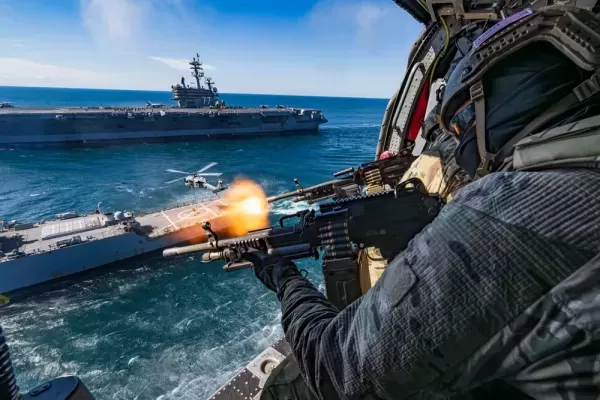
ATLANTIC OCEAN, (October 5, 2025): U.S. East Coast-based Naval Special Warfare Operators (SEALs) fire at opposing forces from an MH-60S Seahawk helicopter assigned to the “Dragonslayers” of Helicopter Sea Combat Squadron (HSC) 11 during the Titans of the Sea Presidential Review seapower demonstration Oct. 5, 2025. The Titans of the Sea Presidential Review is one of many events taking place throughout the country to showcase maritime capabilities as part of the U.S. Navy’s 250th birthday. America is a maritime nation. For 250 years, America’s Warfighting Navy has sailed the globe in defense of freedom. U.S. Navy photo by Mass Communication Specialist 1st Class Trey Hutcheson.
- Details
- Hits: 143
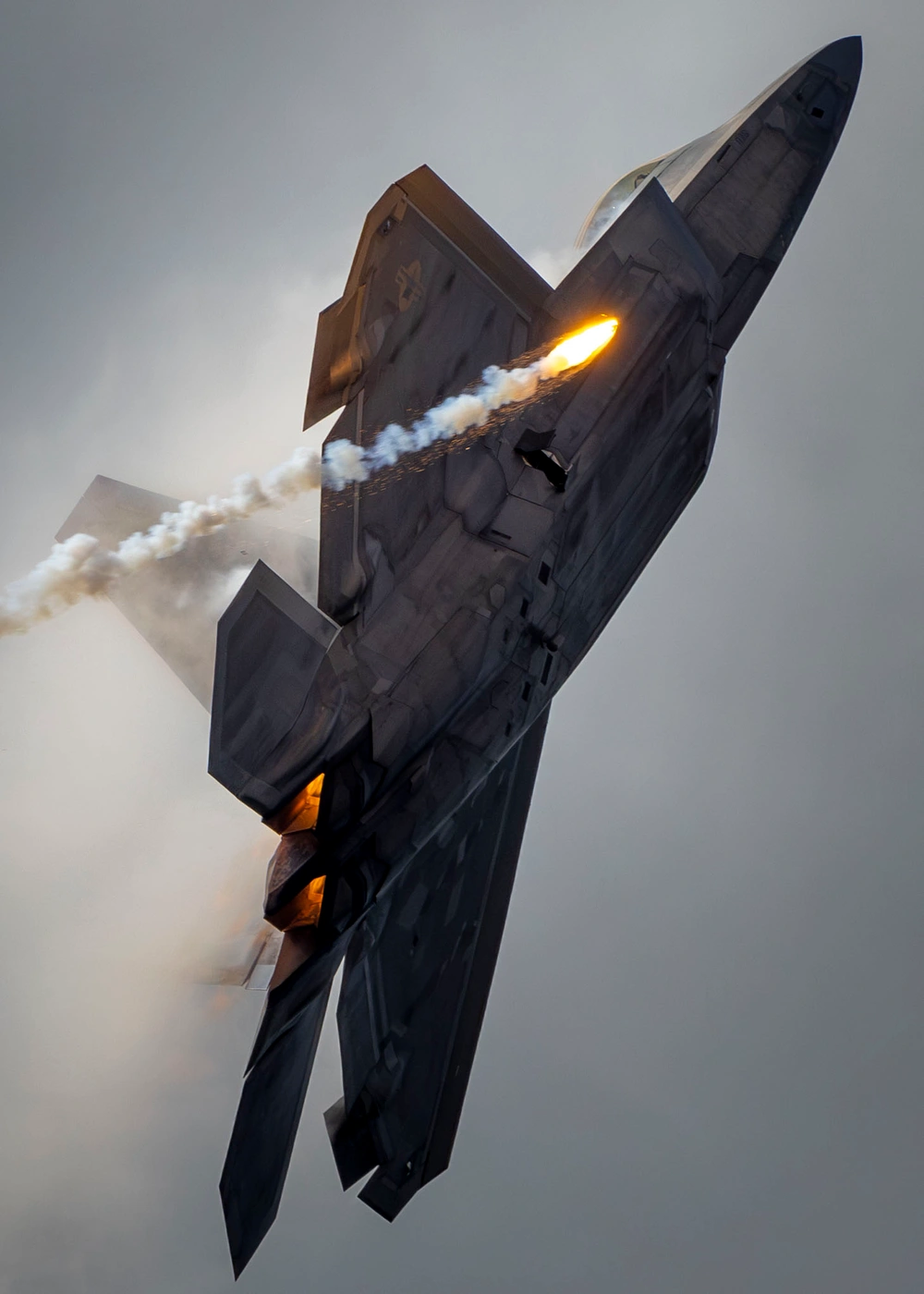
OCEANA, VIRGINIA, UNITED STATES, (September 21, 2025): An F-22 Raptor releases flares during an aerial demonstration at Naval Air Station Oceana, Virginia. The display highlights the aircraft’s defensive systems and advanced capabilities, demonstrating both its agility and readiness in complex flight operations. (U.S. Air Force photo by Staff Sgt. Lauren Cobin)
- Details
- Hits: 581
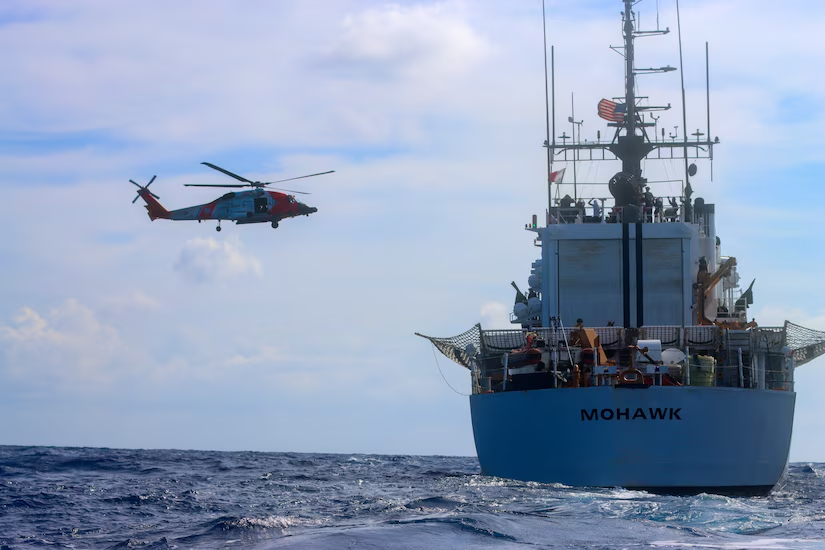
September 4, 2025: The crew of the Coast Guard cutter Mohawk returned to their home port in Key West, Florida, Aug. 29, following a 75-day maritime border security patrol in the Windward Passage, Straits of Florida and Caribbean Sea.
Read more: COAST GUARD CUTTER MOHAWK RETURNS HOME AFTER 75-DAY MARITIME BORDER SECURITY PATROL
- Details
- Hits: 151
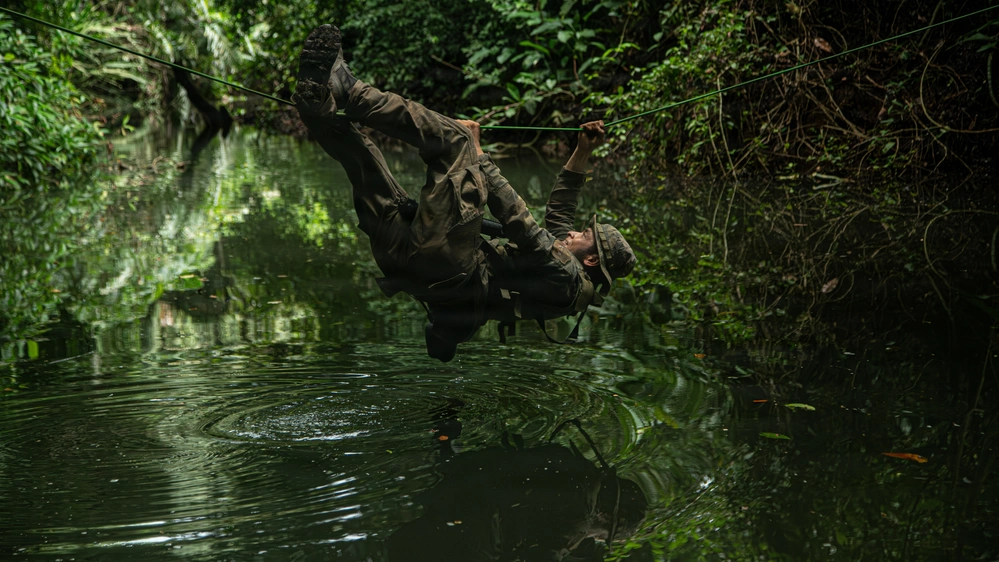
PANAMA, (October 27, 2025): A member of the Policia Nacional de Panamá, crosses a rope bridge during the Combined Jungle Operations Training Course at Base Aeronaval Cristóbal Colón, Panamá. U.S. Southern Command and its interagency partners are expanding their ongoing strategic security partnership with the Panamanian security forces as an enduring promise to promote partnership, solidarity, and open communication, which enables opportunities of working together effectively to address common challenges and collective security. (U.S. Army photo by Spc. Trey Woodard)


